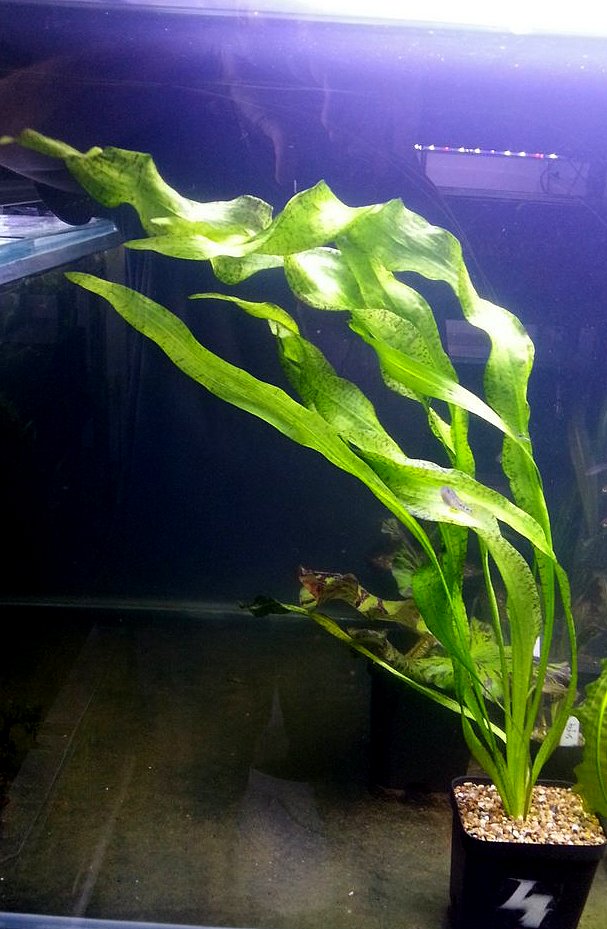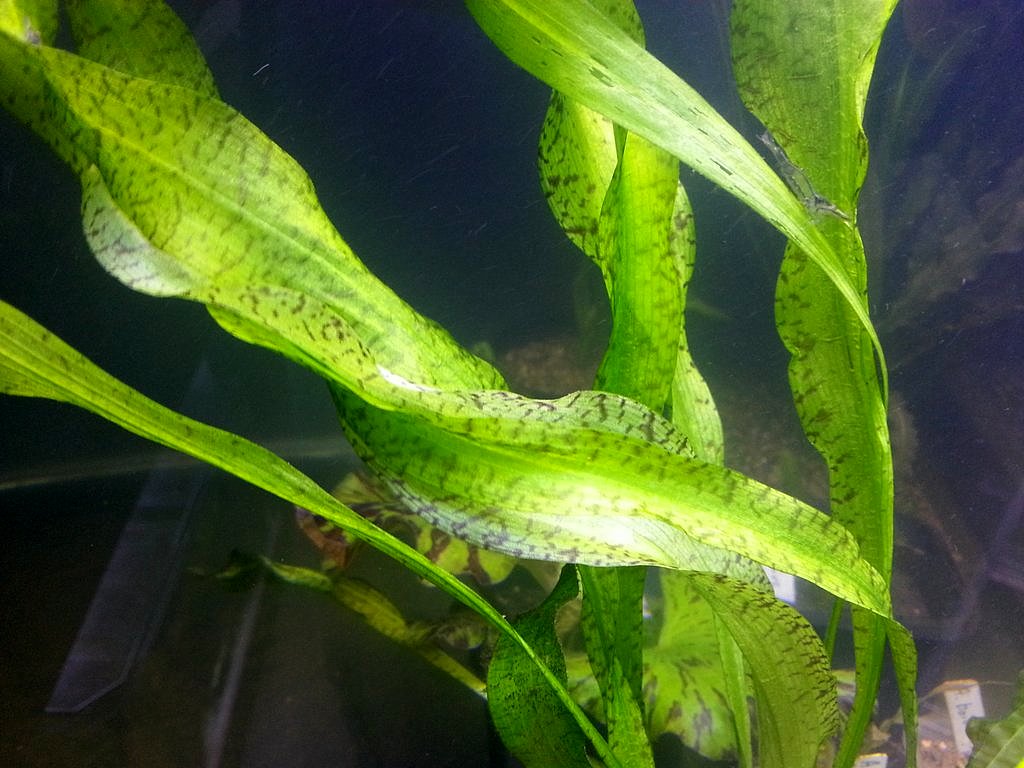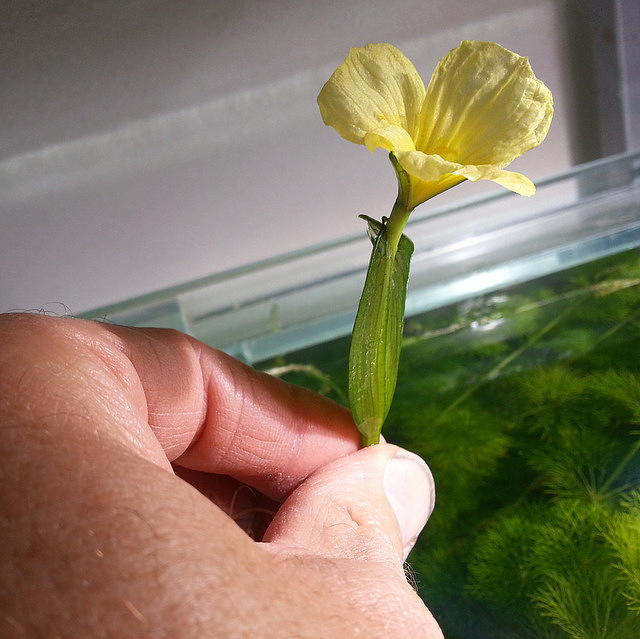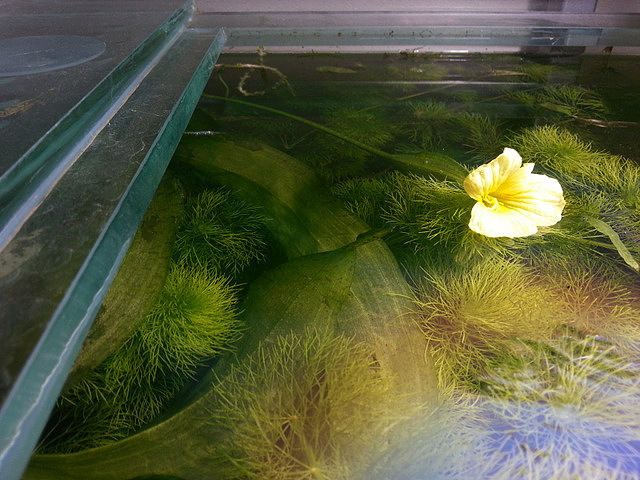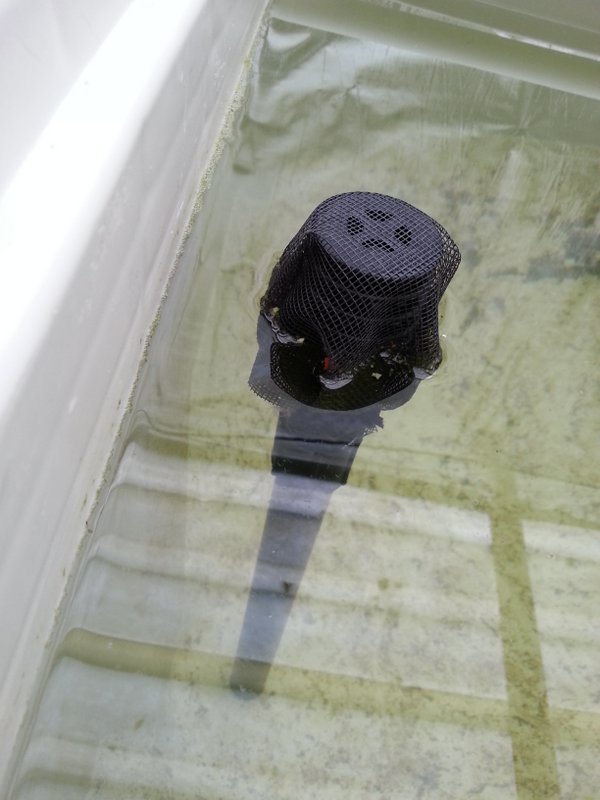Here is how I culture blackworms. The first pic is from 2007.

The worms are in the 2 flat plastic boxes (about the size of an A4 page). At room temperature with 1-2cm of water. I kept the cultures going for 3 years, but when I moved house and lost all my fish I poured them into my pond. About 3 years ago I started again using Aussie Blackworms stock from the LFS. I used to feed vegetables but now I feed mulberry leaves (pale green in the photos below) which seem to be much better at producing fat healthy worms. Its very easy to over feed and putrify the water with zucchini and especially with pumpkin. I include broken up Loquat leaves as a long-term substrate for the worms to crawl around in (dark brown leaves). I use the Loquat leaves in my shrimp tanks like Indian Almond Leaves (IAL). They release less tannin and last longer that IAL and are very nutritious and I have a couple of trees in my garden.
The shallow water in the trays is because a high surface area is needed without aeration. Honestly a bubbler would probably have allowed these containers to produce more.
I do a water change every couple of weeks (when I remember!) or more often if the water goes sour from overfeeding which happens a lot. A water change is very quick and involves carefully pouring all the water out one corner and down the sink and refill straight from the cold tap. No dechlor or minerals, the worms are tough.

There is also a healthy population of freshwater limpets (Ferrissia sp.) that have thrived in the boxes and been there for a couple of years now. (I get them in my tanks too but never this big!).


If you over-feed, the water quality drops and the worms all crawl out of the water. Under-feed and they wont reproduce. Sometimes I put 1/2 of a new mulberry leaf and its too much and within 2 days the water goes bad and the worms crawl out and congregate above the water line. A couple of water changes make them happy again. Its a lot of maintenance for very slow growth and not a lot of worms. It takes me a couple of months over winter, or 3-4 weeks in summer to build the population up to get a good feed... Its a hobby - not really worth the effort TBH.
So this small scale malarkey is too much work for very little gain so lets ramp it up a notch....
Two 60 L tote boxes ($10 on sale at Bunnings!) stacked inside each other. The top one is sitting on two bricks in the bottom one. There are two 20mm bulkheads (el cheapo 4$ ones from the irrigation section in Bunnings). The long threaded stem of the bulkhead extends down and with the bricks there is a 5mm gap between the end of the bulkead stem and the base of the bottom tote box to let water flow in and out. On the top side, I screwed in a 19mm director to give a bit of height and to set the water level ~ 60mm deep (you can see this better in the last pic). An airstone on the end of a sprinkler riser is dropped into one bulkhead to create an air lift. The other bulkhead acts as the drain. The boxes are filled so the water level is ~10mm below the top of the drain standpipe.
So... The bottom tote holds a reservoir of water. The top tote holds ~60mm of water and the worms! The air lift draws water up...which then flows (very slowly) to the drain at the other end. A small sprinkle of coarse gravel 1-2 grains deep gives the worms something to crawl in without creating anoxic pockets. Something I read suggested crawling in the gravel helps the worms to fragment and divide (not sure I believe this). All up ~50L of water which provides a much greater buffer against the water going bad so I can feed a bit more aggressively.
Harvest coincides with a water change. The worms crawl around a lot in the fresh water before they settle down again. They tend to ball up in the two back corners which is why I didn't put gravel there. Their crawling behaviour makes them congregate in the corners where I suck them out with a big syringe. They never seem to crawl up the small round standpipe of the drain because they head to the side walls (this is why I put the bulkheads in rather than just cutting a drain in the side wall.

You can see a whole mulberry leaf under a stone at the airlift end among the other debris.



I *might* have gotten away with just using an aquarium and a big airstone - but I like that this system gives a bit more water movement over the gravel and has the additional reservoir of water which I might end up putting some filter media into or a sponge filter to keep the water quality up (worms are messy).... or moving to a bigger deeper reservoir. I'm hoping to get to the point that I have an unlimited supply but its fun just trying to make it all work...
Not all original ideas - I've borrowed heavily from a few YouTube videos.


I need to raise them a bit higher off the floor to make water changes easier (tap is too close to the floor). I just drain off the bottom which leaves the top tub with its 50mm or so of water in it - then I just pour a bucket of fish tank water-change water into the top slowly which drains down to the bottom. No chlorine in old tank water I refill until the water level at the top is just filling the drain hole as in the picture a few posts above. If I put too much water in the tap on the bottom container lets me drain the extra off. Once the water level settles is moving as it should I only top up every couple of weeks as the level in the "drain hole" drops.
Second photo you can see a pebble that was weighing down a mulberry leaf - mostly just stringy veins remaining. I pick fully expanded green mulberry leaves, air dry them till crispy (washing basket full in the shed) then just put in ad weigh down with a pebble. They take a few days to soften. Slices of zucchini and sinking fish pellets are also good - people on the internet use brown paper towel. Use your imagination. Pumpkin in moderation only as it seems to go bad very quickly. Ok if eaten by worms quickly.
When I harvest I take a handful of gravel and swirl around in a small container and pour the "floaties" which includes the worms into a takeaway container. I throw the gravel back where it came from. The takeaway container includes worms and leaf fragments and mulm and it just sits on my sink and I pipette out a few worms as needed over the course of a couple of weeks.
To start I had just a couple of "serves" from the LFS $10 worth? - two table spoons full? More is better. They multiplied up over a few months so I split off the second culture. My first one did get full of snails which was a PITA. So when I pulled it down to make these two I got fresh gravel and did a lot of swirling and sorting in trays to only repopulate with worms.
I cant picture how big 250g or 500g of worms is. I suspect 250g would be oodles.
P.S. I normally have the air running a bit harder than the pic above. I must have opened a few taps elsewhere.
The indoor systems above with the air-lifts worked but I found the growth rates of the blackworms was slow if I didn't constantly feed them and push the culture along. Having the tubs on the floor made it very difficult to change the water .. and the more you feed the more often you need to change the water. So a better system would have been to put the tubs on a bench with the drain tap piped to the garden.
Instead I decommissioned the two tubs (good chance to remove snails and clean the gravel) and set up one of the black tubs with water pumped from my 4000 litre glasshouse system. A small flow of water comes in at the bottom and flows back to the tub at the top. Last year I used clear tubing to pipe the water in and it clogged with algae and with no flow the worms cooked. So now using black poly.
Every few months I move the drain to a bucket and stir up the sand the worms are in and drain the muck into a bucket. Still not a massive producer of worms.. but I harvest some every 6-8 weeks to treat the fish and the maintenance is v low. I'm feeding them mulberry leaves and sheep pellets at the moment.


..but I want more worms.
eBay was good to me and I found a pallet bin v cheap so I've plumbed it into my recirculating aquaculture tank (trout for Christmas lunch this year!) and now I have worms eating fish poop.
I've used the principles of a radial flow separator where water from the fish tank comes UP the 25mm PVC standpipe in the centre that opens just below the water surface. A sleeve around the outside (100mm pvc pipe) contains the incoming water and directs it back down to the bottom where it then spreads radially out from the centre losing velocity. The change in direction and low velocity allows the poo and any uneaten food particles to settle out... for the worms to eat. Directing new water to the bottom constantly should provide oxygen for the worms. There is about 1cm of sand on the bottom with the worms.
Has been set up now for a couple of months and really its an experiment but seems to be working OK. I want a lot more worms before I harvest any so I wont know how effective it is for a while.



